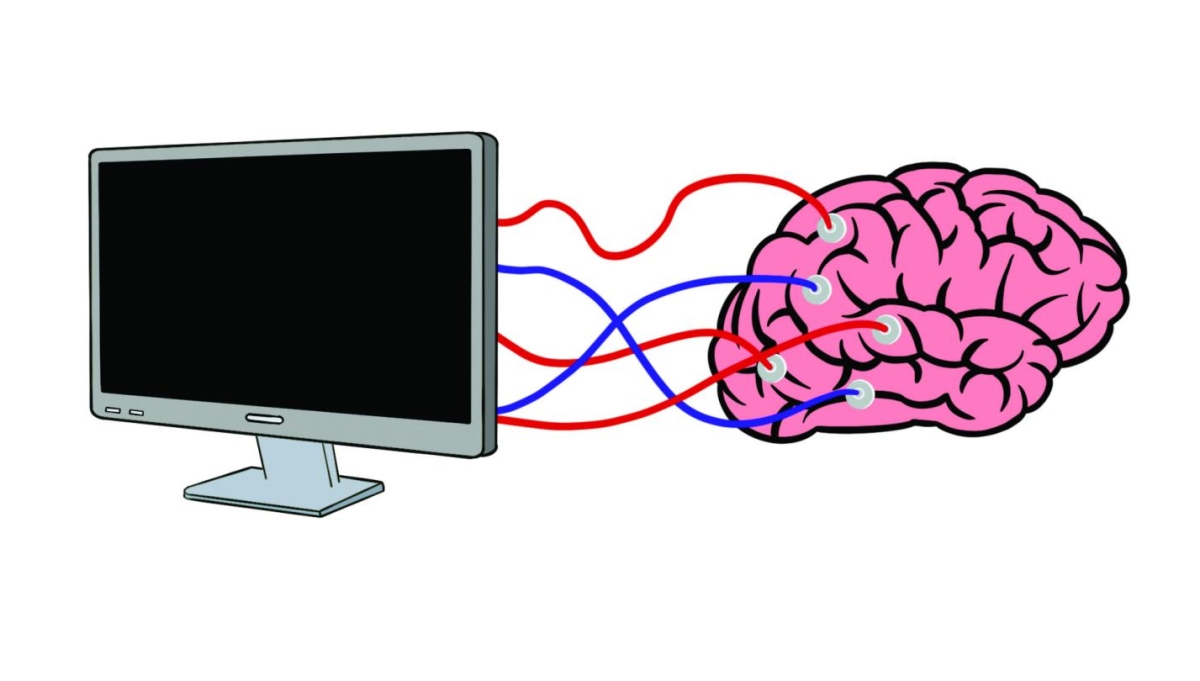Five years ago, the COVID-19 pandemic shockingly caused widespread shutdowns of communities and schools across the world, forcing students of all ages to take classes online.
Palo Alto High School junior Yuvan Vishakan was one of those students.
Vishakan recalls where he was on Friday, March 13, 2020, the day the world shut down.
“I was on the field at lunch, and one of my friends told me that we didn’t have school for the next two weeks, and I got really excited,” Vishakan said.
Little did he know that he would not return to school for almost a year.
Vishakan said this harmed his learning, causing him to fall behind academically.
“I wasn’t engaged in class like I used to be,” Vishakan said. “I was not learning as much as I used to [before the pandemic]. I kind of missed a year and a half of education.”
Students across the country shared similar experiences to Vishakan.
Now, a little more than five years after schools initially shut down, the effects of these experiences have become evident.
According to Erin Fahle, executive director of the Educational Opportunity Project at Stanford Unveristy, reading and math scores across the U.S. plummeted significantly between 2019 and 2022.
“During the pandemic, the average U.S. student lost half a grade equivalent in math and a third of a grade equivalent in reading,” Fahle said. “As of Spring 2024, the average U.S. student remained nearly half a grade level behind pre-pandemic achievement in both math and reading.”
Fahle said that the extent of COVID learning loss varied among districts.
“High poverty districts and districts serving large shares of minority students had larger losses than their counterparts,” Fahle said. “As of Spring 2024, few districts have recovered to pre-pandemic levels, and the highest income districts were four times more likely to have recovered in math and reading than the lowest income districts.”
However, test scores are not the only thing affected by school closures. Rates of absenteeism — defined by students missing more than 10% of a school year — skyrocketed during the pandemic and have not leveled off, according to the Education Recovery Scorecard.
Although schools in Palo Alto have not seen as much academic decline compared to other places, the effects of COVID still had a massive impact in Palo Alto. The Palo Alto Unified School District closed on March 13, 2020, and didn’t fully reopen schools until the 2021-2022 school year. During this time, most PAUSD students learned virtually over the video conferencing platform Zoom.
Jane Lathrop Stanford Middle School Principal Chris Grierson said that COVID hurt students.
“I think that the negative impacts [of COVID] are some learning gaps,” Grierson said. “Maybe some loss of scaffolding, especially with early literacy skills.”
Grierson said that this year JLS implemented literary intervention classes to help sixth graders — who were in first grade at the start of the pandemic — catch up with their reading skills.
“We have literacy intervention classes that we’ve started this year in sixth grade that we didn’t used to have,” Grierson said. “We have a literacy TOSA [teacher on special assignment] that supports students who are below or far below grade level with literacy benchmarks.”
Despite efforts to make online school feel normal, Paly sophomore Victor Chen said that it was harder to learn virtually during the pandemic.
“I think listening and visually learning is a lot easier than reading stuff,” Chen said. “A lot of times, in COVID learning, the teacher would put the instructions on a slide, and we just have to read it off.”
However, Chen also said that there were some benefits of COVID learning.
“I think the pandemic helped me better understand how to use computers,” Chen said. “It also helped me learn to be independent since I wasn’t able to rely on my peers as much.”
Paly math teacher Zachary Barnes said initially after the COVID pandemic, many students came back to school unprepared for the rigor of in-person instruction.
“I really remember feeling the loss of learning from that COVID year,” Barnes said. “It just was hard to learn long distance. We all had dreams and ideas to help people through a screen, but none of them really worked.”
Barnes also thinks that students’ study habits and ability to focus declined immediately after the pandemic.
“I think the year after COVID, we had forgotten how to study and how to ‘lock in,’” Barnes said.
Paly librarian Sima Thomas said she thinks that academic decline had started before COVID due to the rising popularity of social media among high schoolers.
“We were seeing a decline in attention span for reading, and the amount of time students spent reading already because of that [social media],” Thomas said. “I think COVID took us out of doing the things that we usually do in school, so I think it hastened that change.”
But the effects of the COVID pandemic on students aren’t necessarily permanent.Barnes said he thinks that after almost four years of schools being reopened, students at Paly have caught up.
“Arguably, when we came back, the teaching was better, therefore the learning was better,” Barnes said. “My instinct says that we’re back … and we’re improving.”
But academics were not the only thing affected by the pandemic. According to Chen, the pandemic also impacted his life socially.
“It affected my social life because I was new to the district the year COVID learning started,” Chen said. “So it was quite difficult to make friends at Zoom school.”
Thomas said she agrees that the impacts of COVID not only hurt students academically but also socially.
“Missing out on the social environment … [and] being the only person in the room [was bad].” Thomas said.
Grierson said he thinks the pandemic has caused students to be more comfortable online than in person.
“I think people are more willing to engage through digital means, which is not a bad thing,” Grierson said. “It just means that they’re more comfortable with Snapchat or Instagram or whatever than they might be talking to somebody in real life.”
Despite all the downsides, Chen said the pandemic gave him a new perspective on friendship.
“It [the pandemic] taught me the importance of friends and how much joy they bring to your life,” Chen said. “To this day, I don’t think I would’ve cherished my friends as much if COVID didn’t occur.”
Grierson said people appreciate in-person gatherings more now compared to before the pandemic.
“People are more celebratory when we have these in person gatherings than they were before the pandemic,” Grierson said. “Because I think before the pandemic, people sort of took them for granted.”
While Grierson said he thinks we have largely recovered from the effects of the COVID pandemic, he also said he doesn’t think things will ever go back to their pre-pandemic state.
“I don’t think that we’re ever going to go back to the way things were,” Grierson said. “I think we’re just in this new normal.”





